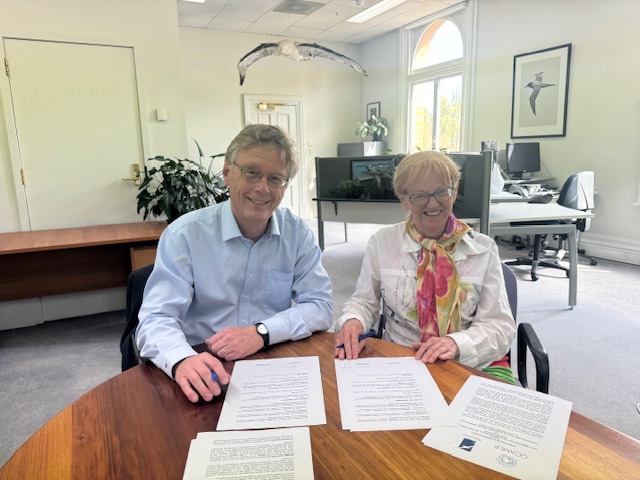 Pictured left to right: CCAMLR Executive Secretary, David Agnew, and ACAP Executive Secretary, Dr Christine Bogle, signing the renwal of the Momorandum of Understanding between the two organisations
Pictured left to right: CCAMLR Executive Secretary, David Agnew, and ACAP Executive Secretary, Dr Christine Bogle, signing the renwal of the Momorandum of Understanding between the two organisations
The Agreement on the Conservation of Albatrosses and Petrels (ACAP) and the Commission for the Conservation of Antarctic Marine Living Resources (CCAMLR) have reaffirmed their commitment to seabird conservation by renewing their Memorandum of Understanding (MoU) for another three years. This collaboration underscores the shared goals of both organisations to mitigate seabird bycatch and promote marine biodiversity conservation.
The renewal was discussed during the 43rd CCAMLR Meeting under Agenda Item 11, Cooperation with Other Organisations. ACAP expressed gratitude to the CCAMLR Executive Secretary for recommending the extension and highlighted the importance of ongoing cooperation at CCAMLR meetings and through collaborative efforts.
ACAP has been an active contributor to CCAMLR’s deliberations, particularly in the Working Group on Incidental Mortality Associated with Fishing (WG-IMAF) and the Scientific Committee. Much of this input focuses on best practices for seabird bycatch mitigation. In addition, ACAP provides updates on relevant developments, including guidance related to the ongoing H5N1 avian influenza pandemic.
ACAP encouraged CCAMLR Members to engage with its work by attending upcoming meetings and sharing relevant research. ACAP’s next triennial Meeting of the Parties will take place in May 2025 in Dunedin, New Zealand, followed by Working Group meetings in 2026.
The renewed MoU, availble on the ACAP website, reflects the ongoing partnership between ACAP and CCAMLR and highlights their mutual dedication to safeguarding seabirds and marine ecosystems.
2 December 2024

 English
English  Français
Français  Español
Español 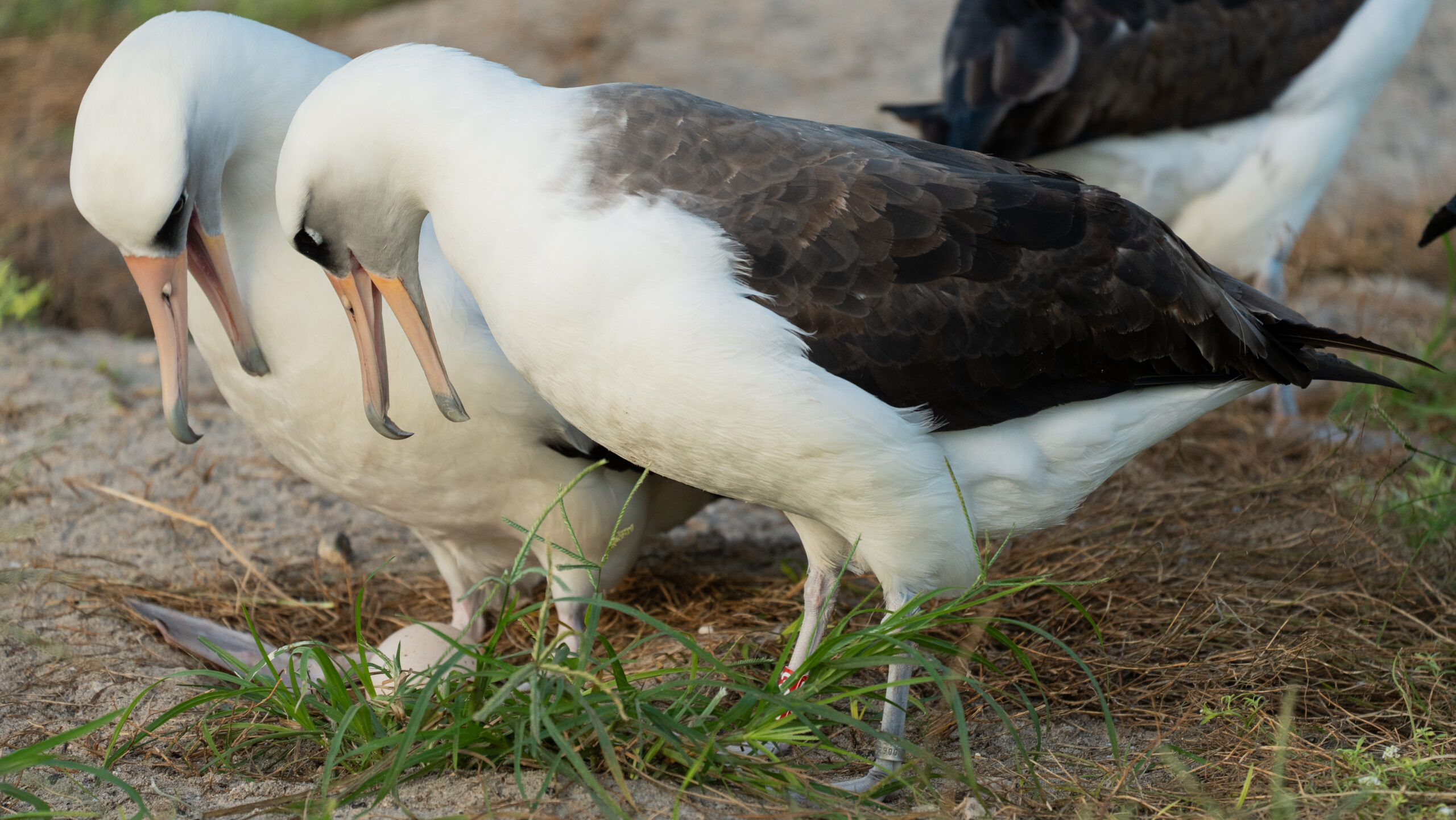 “Wisdom and her mate talk to their newly laid egg"
“Wisdom and her mate talk to their newly laid egg"
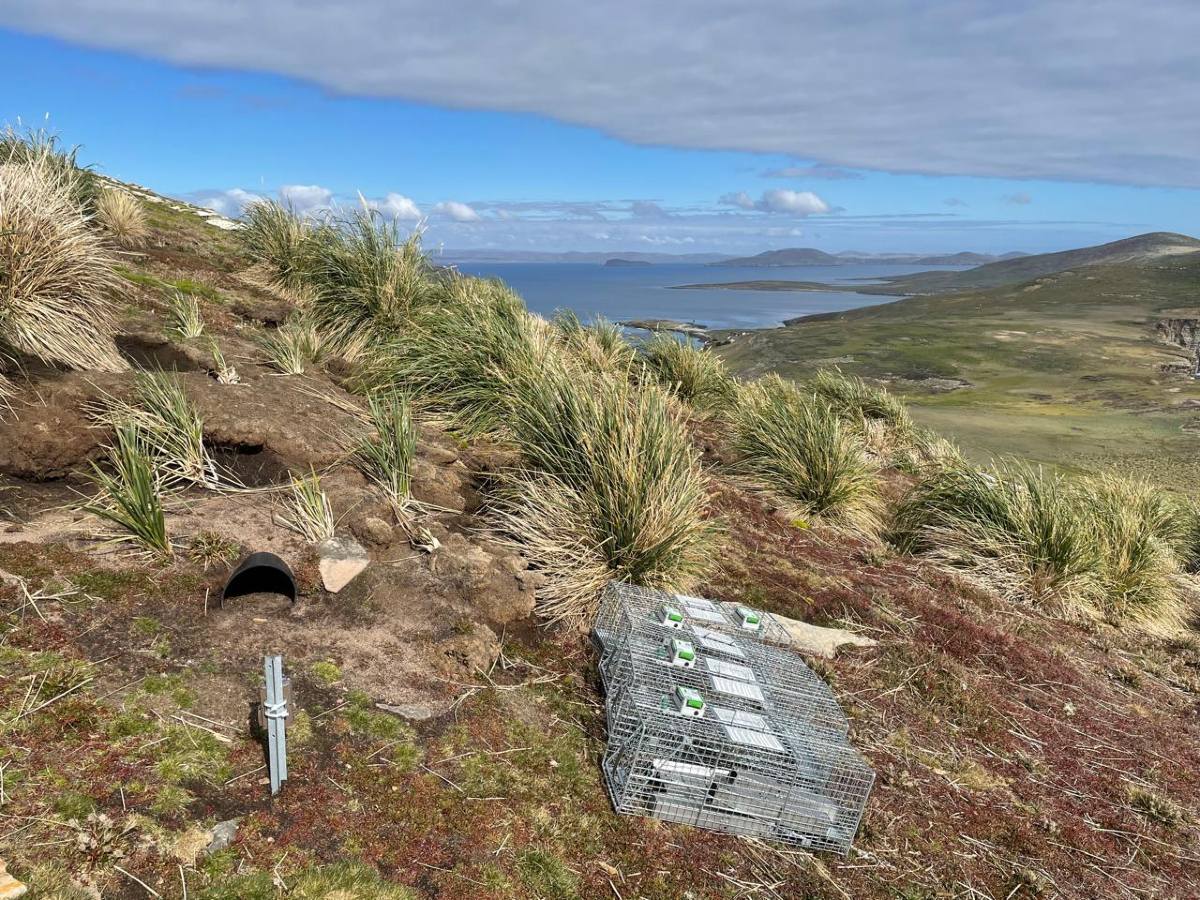
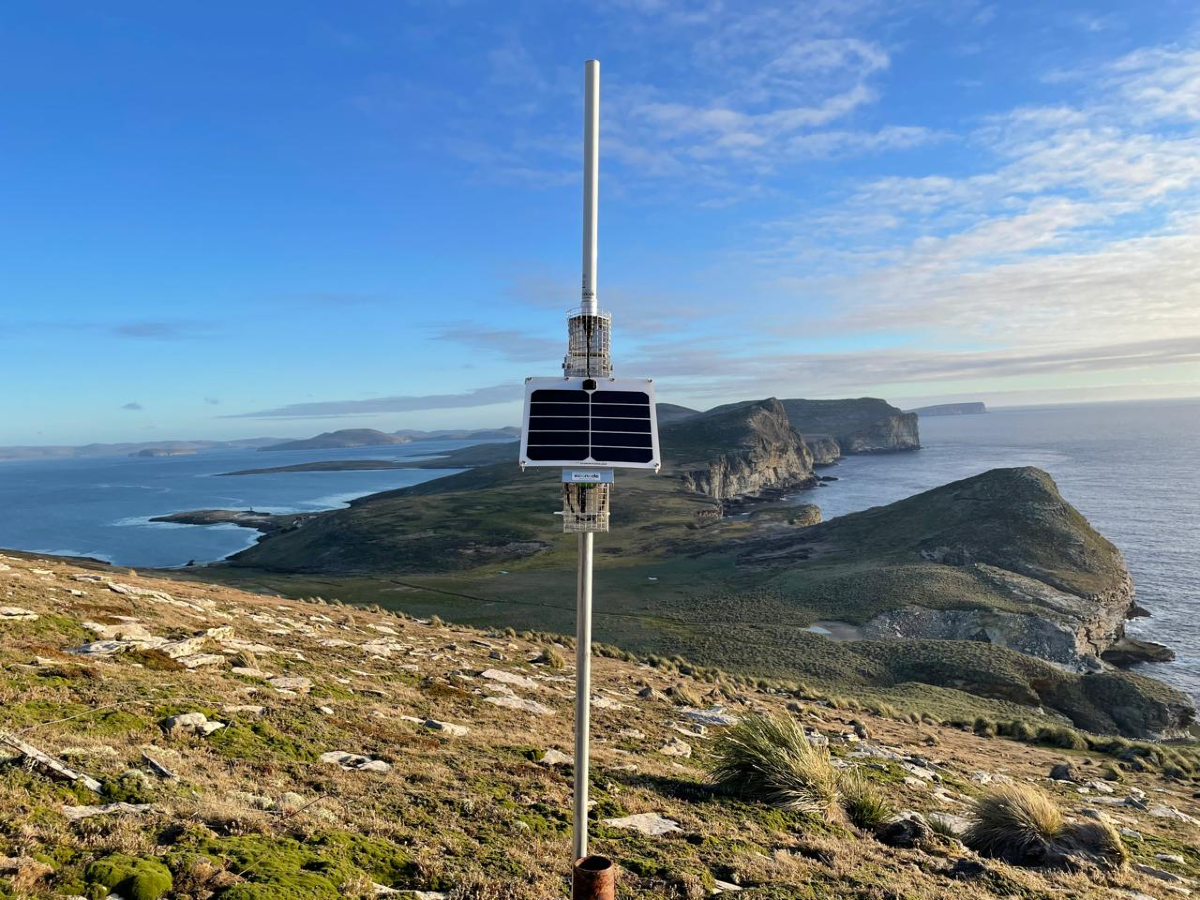
![P02[1:6] TT[666] E[119:0410]G[080:0x19] BV[61:5] IR[N:L:25] MOE[0:3] AL:[0:0]](/images/stories/acap/Birds/Petrels/W/White_chinned/Smart_traps_5.jpg)
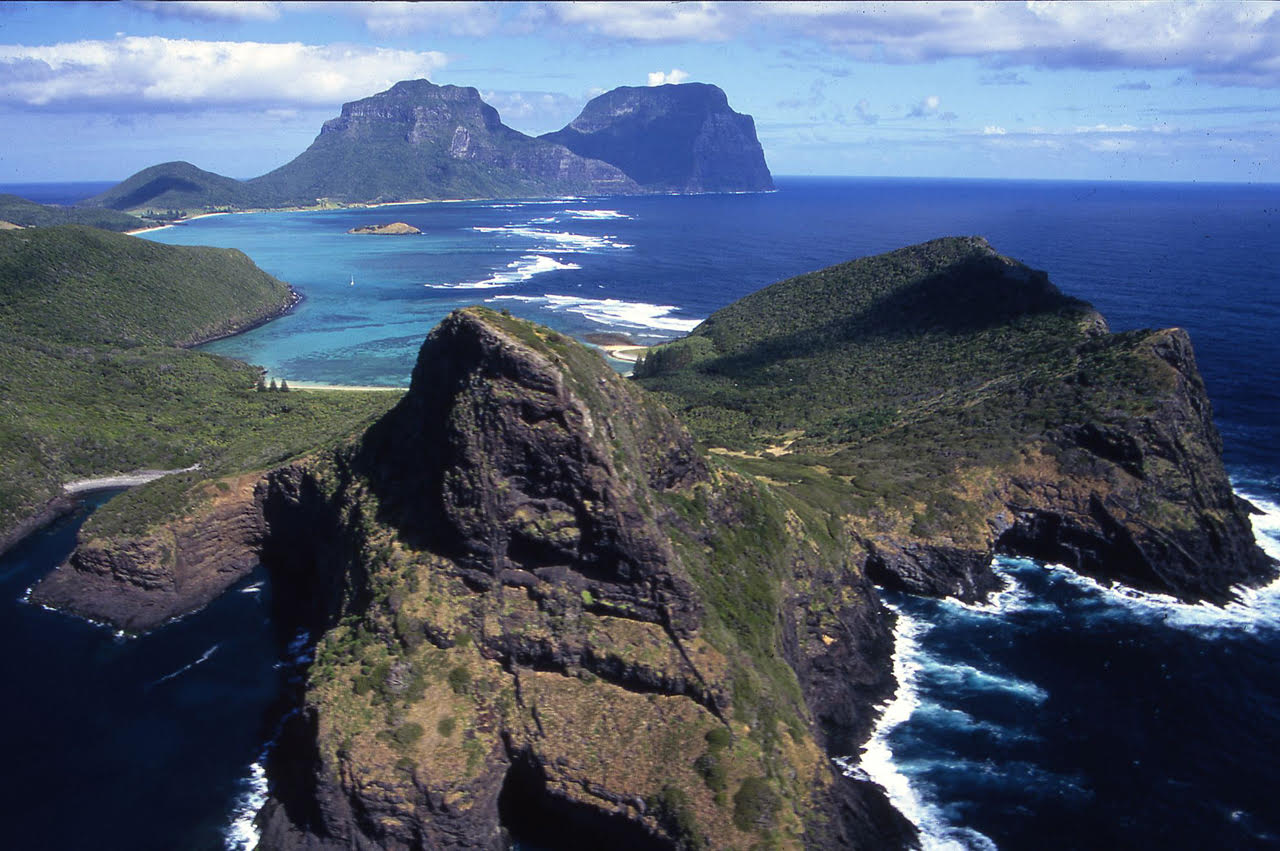 A view of Lord Howe Island, photograph by Ian Hutton
A view of Lord Howe Island, photograph by Ian Hutton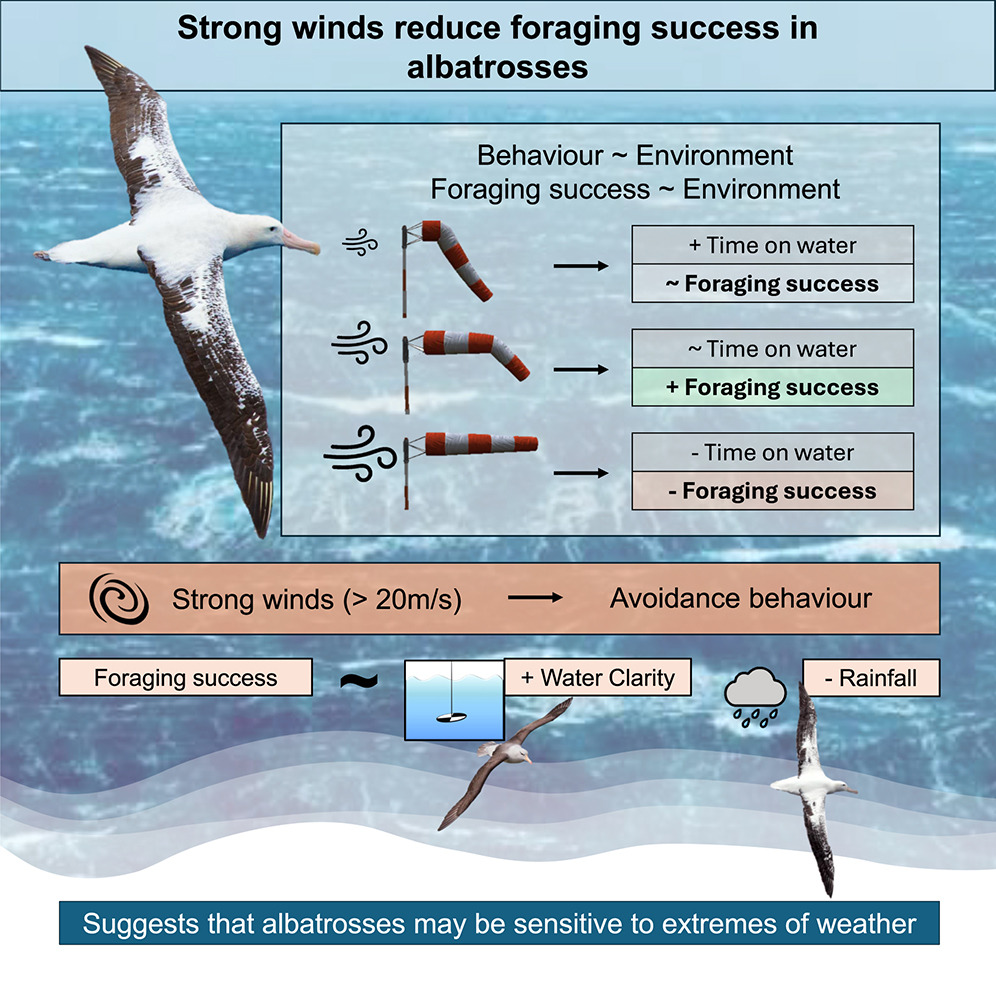 The graphical abstract from the paper.
The graphical abstract from the paper.